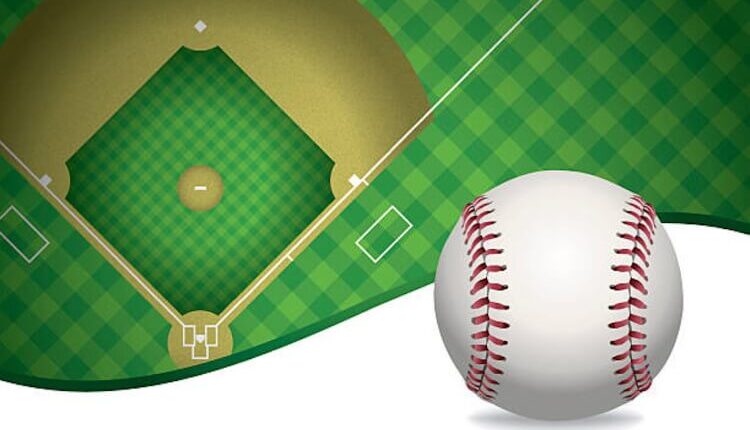If you are playing in a Roto league, you must find balance within your roster. This is, of course, true from a categorical standpoint. But fantasy managers also need to find balance when it comes to their rosters. If you draft the best starting pitcher available for the first six rounds of your draft, your hitting will suffer. If you simply drafted the best player available every go around, you may not end up with the requisite number of players (not to mention productive players) at each required position. This is where positional scarcity factors into the equation. Positional scarcity is an important part of the draft preparation process. Drafting is an imperfect science, and this article will not change that. However, it will hopefully help you see how much positional scarcity should impact your approach to drafts this season.
Positional Scarcity Among Positive Value Players
For this section, I am only dealing with players who are projected to earn a positive dollar value in 2024. Razzball has 380 players who they project for a positive value, while ATC has 364. Both numbers are right in line with our 360-player draft pool in 12-team leagues. Here is the total number of players at each position that are projected to earn a positive value. Keep in mind that some players are eligible at multiple positions.
| Razzball | ATC | |
|---|---|---|
| TOTAL | 380 | 364 |
| C | 24 | 30 |
| 1B | 36 | 33 |
| 2B | 31 | 33 |
| 3B | 32 | 27 |
| SS | 31 | 31 |
| OF | 87 | 88 |
| UT | 6 | 6 |
| SP | 100 | 77 |
| RP | 62 | 75 |
There are a couple of things that stand out to me. First, both systems have at least 60 relievers returning positive overall value in 2024. Having said that, you do not win your league by having the highest overall dollar value. You win your league in part by competing for saves. There were only 24 pitchers who recorded more than 15 saves last season. While middle relievers have value depending on your league format, drafting them en masse is not always the most prudent draft strategy. To that end, it should be noted that Razzball only has 34 relievers projected for a positive “save value”, with just 19 projected to earn $5 or more in saves. ATC projects 39 relievers for a positive save value and also has 19 projected for at least $5 in saves. These are the subsets of relievers from which you primarily want to draft.
Raising the Stakes
| Razzball | ATC | |||
|---|---|---|---|---|
| $5+/$15+/$25+ | $5+/$15+/$25+ | |||
| C | 18/2/0 | 22/8/0 | ||
| 1B | 27/9/5 | 26/10/5 | ||
| 2B | 25/9/1 | 23/8/2 | ||
| 3B | 23/9/3 | 22/9/3 | ||
| SS | 27/12/1 | 25/13/2 | ||
| OF | 67/23/10 | 62/23/10 | ||
| UT | 4/1/1 | 5/1/1 | ||
| SP | 69/29/5 | 51/20/5 | ||
| RP | 28/9/0 | 32/6/0 |
Positional Scarcity Conclusions
The biggest takeaway for me here is that positional scarcity is very much a thing. This is particularly true concerning pitchers. ATC only has 82 total pitchers (Matt Strahm is listed as both a starter and reliever) who are expected to earn at least $5 in 2024. Razzball is a bit more optimistic, with 97 total hurlers projected to earn that amount. But consider that in a 12-team league, there are 108 starting slots for pitchers each week. Fantasy managers will have to make some ugly decisions towards the back end of their rotations seemingly every week. And the player pool may thin out in the coming weeks as pitchers ramp up activity for the 2024 season. We have already seen Kodai Senga’s value take a massive hit due to an injury. I suspect he won’t be the last pitcher who goes down between now and Opening Day.
For more of the great fantasy baseball rankings and analysis you’ve come to expect from FantraxHQ, check out our full 2024 Fantasy Baseball Draft Kit! We’re here for you all the way up until Opening Day and then on into your championship run.

